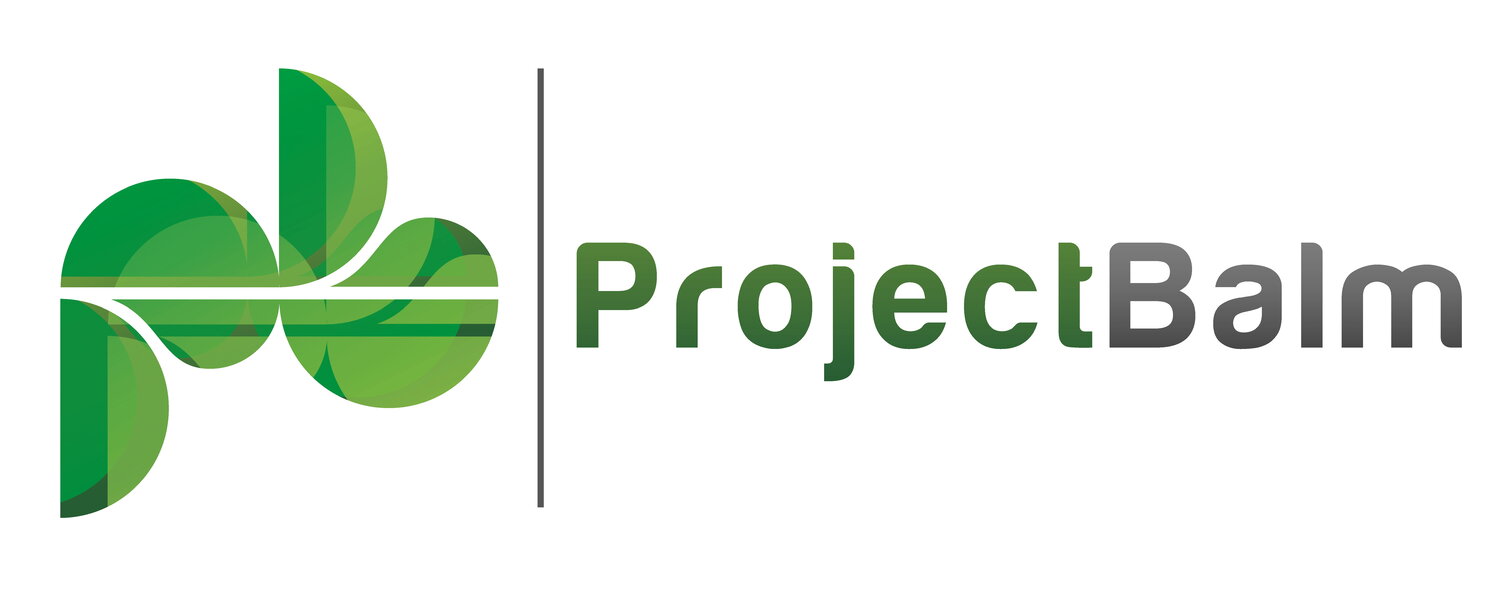The Problem with Brainstorming
Brainstorming is often considered a go-to technique for identifying risks. It is usually carried out as part of a workshop where everyone is encouraged to share their thoughts and opinions. Brainstorming is popular because it makes everyone feel involved, the results can be seen quickly, and it provides an opportunity for creativity and team building.
However, there are some disadvantages to brainstorming. For example, getting the right people (especially senior staff) to attend can be difficult, meaning some critical perspectives may be missed. Group dynamics can also influence the outcome, and strong individuals often dominate the session.
Effective facilitation and preparation by participants are necessary to overcome these issues, but brainstorming can still be difficult even with these in place. Traditional brainstorming was not designed for identifying risks but for problem-solving. It has two main principles: deferred judgement and the belief that quantity breeds quality. In practice, these principles can result in you capturing many things that are not risks. To avoid this, you should consider modifying the rules of brainstorming:
Evaluate Ideas Early On: It is essential to evaluate the ideas generated during a brainstorming session for risk identification to ensure that only genuine risks are captured. You can do this by having someone skilled in risk management evaluate initially generated ideas.
Use a Standard Risk Description: A standard risk description, or risk metalanguage, can help ensure that only genuine risks are captured and that all participants are on the same page.
Structure the Creativity: To ensure that all possible sources of risk are considered, structure the creativity in a risk identification brainstorm using risk categories (financial, technical, etc.). This technique helps keep the session on track and ensures you capture a broad set of risks.
Everyone loves brainstorming, but you must use it wisely for risk identification. If done correctly, it can be a creative and fun way for key stakeholders to identify as many risks as possible.
Risk Register by ProjectBalm is a proven tool that helps you record and manage your risks.
